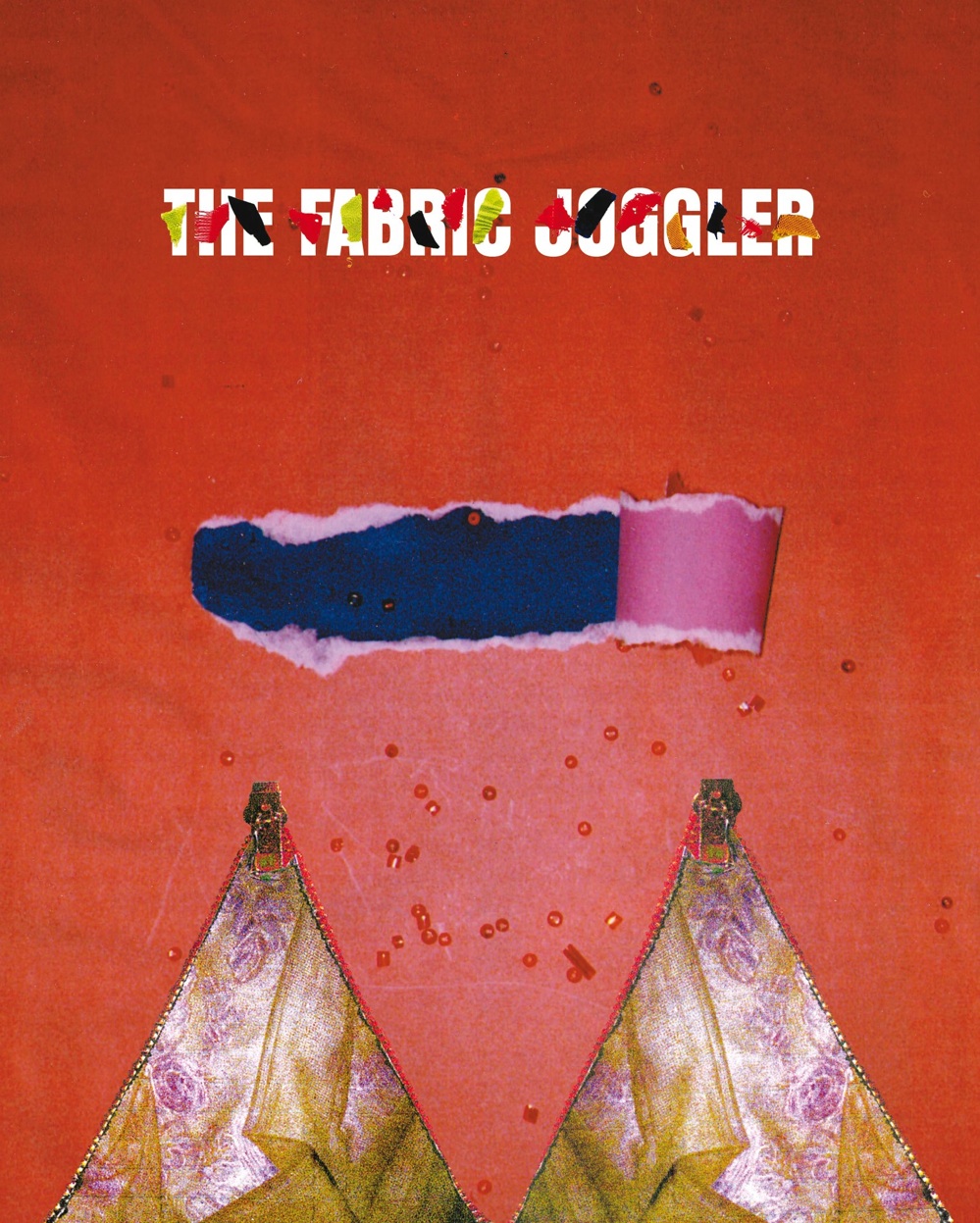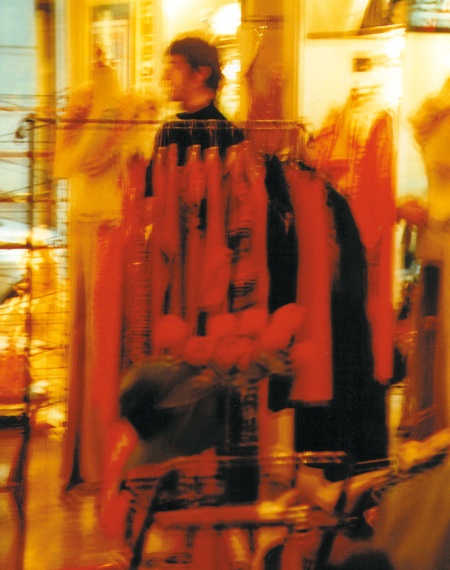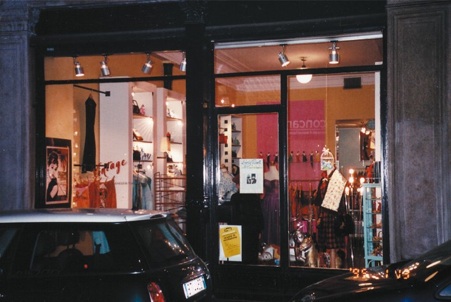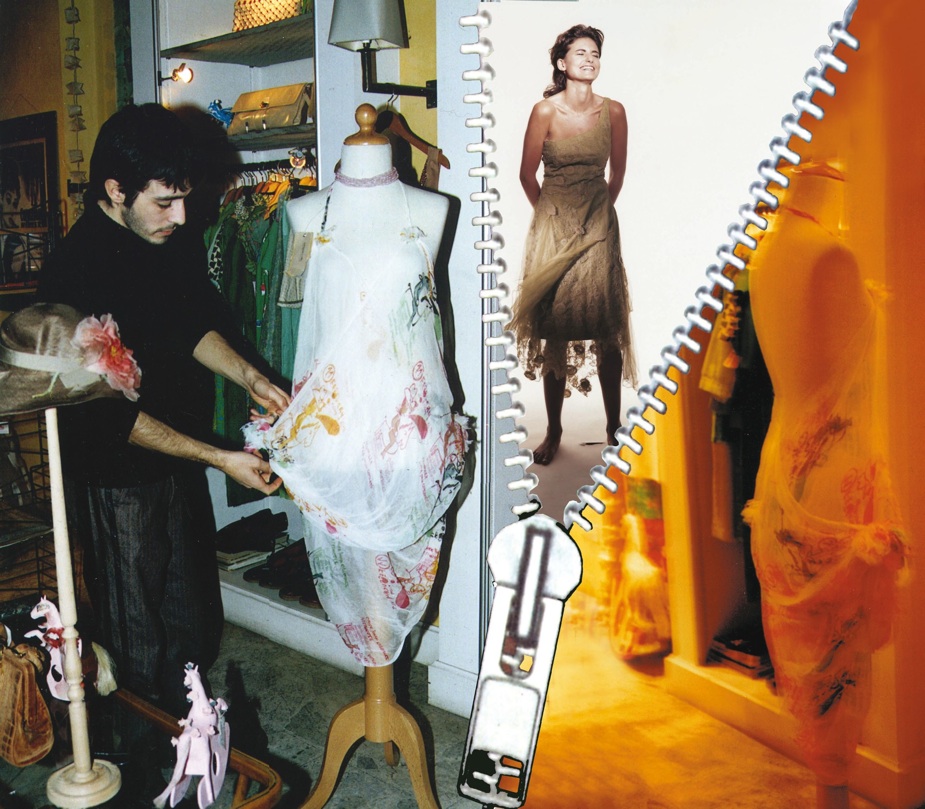ALESSANDRO UBEZIO


by Camilla Pinto
CUTTING AND SEWING

Alessandro, fabric must be semi-transparent and of lightweight. He cuts and sews. His liking is not confined to printed fabric or lace, however. He loves Emilio Pucci’s fashion for the taste of his prints. He perceives the dress as a theatrical piece, as an object with its own life but wearable as big tailors were in habit to do. His designs heighten the wearers without overwhelming them. The dresses he makes are never the same. In terms of Fashion designers, he does not mind Giorgio Armani’s and Valentino’s evening dresses. Alessandro tends to make Fashion a dream to wear. His Fashion leans more towards the film industry. It is not very consumer aware but tends more towards scene costume though most of them are also wearable. Talking of cinema he likes “The Age of Innocence” by Martin Scorsese, starring Michelle Pfeiffer and Winona Ryder, and “Dracula” by Francis Ford-Coppola as well as “L’innocente”by Luchino Visconti. To make dresses, Alessandro Ubezio takes inspiration from a button, a cut of fabric and other details that unleash such energy that drives him through a psychological process which takes place inside him. Whatever he sees, touches gives him emotions which he absorbs and uses to make Fashion without following a scheme. One can imagine him as “Edward Scissorman”. He works on his designs until they reach a creative balance and achieve a certain impact. Alessandro is very critical, but once he has found something he likes, that is his choice! Costume designer Luisa Spinatelli inspired him and conveyed him esteem; she found he has great potential. Gianfranco Ferre’ has great consideration for him. He is well-known by the Fashion and Costume world and not yet so known by the great public. This allows him to grow and be free. He is passionate about the work of art that derives from Fashion photography, he especially likes the photography shots of David Lachapelle for his strong, excessive and eccentric character, and Patrick Demarchelier for dynamism and movement the shots convey. Alessandro is an image eater and researcher of fabric from the past. Apart from making dresses, he has been in Germany with other excellent Brera students selected by Roberto Cavalli to prepare visual merchandising. He sells his pieces that are virtually unique Items in the shop “Cavalli e Nastri” in via Brera 3 in Milan. “Cavalli e Nastri” is a vintage and period costume shop specialized in selected very glamorous clothes and accessories. This shop has two addresses, the one in via Brera 2 mainly handles 1950s vintage pieces while in the other one, in via Arena 1 in Milan,one finds mostly antique dresses dating from 1700. Ale’s clothes are sold in via Brera nearby his College in the center of the city. These shops are a decade cult spot for Italian designers’ research. Alessandro Ubezio’s dresses are displayed side by side vintage pieces.
They have the same timeless, modern tailor’s cut. Claudia Jesi, the owner of the shop, is extremely clever in her choices. Alessandro is a so talented and handsome guy, without being arrogant. He has the typical purity of the real talent. He respects the people for whom he cooperates (Just Cavalli, Ferre’ and Exte’) and who sells his items with his own label. Therefore he can be defined as a free spirit. He likes all kinds of music. His works are like the music tones. He is a very instinctive and moody person. Moreover he likes watching videos and listening to soundtracks, as well as reading books such as “Candide” by Voltaire. In his view actresses such as Winona Ryder and Michelle Pfeiffer would be suitable to wear his dresses. He also rigorously reconstructs historical dresses keeping them authentically in tune with the past. Alessandro makes his dresses at home that is his workshop with items, fabrics, corsets, cages everywhere. It is the joy of his mother, who also is his personal assistant and secretary. He travels constantly researching fabric from the past or for Just Cavalli and Ferre’. He can be seen as a real modern Couturier. The green lace dress in the zip shot by Giovanni Gastel on the previous page is suitable for “Peter Pan” fairy tale. I had the honour and luck to discover Alessandro and buy this dress. Meeting Alessandro has been a destiny for me. A couple of years ago I was looking for an evening dress to wear for a Ball at the Cervara Abbey on Portofino’s mount, along the Italian Riviera di Levante, at the beginning of Summer to celebrate the eighteenth birthday of Thea Scognamiglio, Susanna Agnelli’s granddaughter. The Ball theme was fairies. I was looking for a dress to make me resemble Tinker Bell the fairy in “Peter Pan”. I precisely found what I was looking for in “Cavalli e Nastri” shop in via Brera, after visiting several trendy and vintage shops. There it was waiting for me, petite, only slightly to tighten up on my figure. The dress is a 1950s tube shaped style dress cut out of a beautiful embroidered tulle. Alessandro has dismantled this piece to work on it to achieve the dress you see in the photo. He saw the old dress embodying a certain kind of aura so he tried to uncover that aura that reminded him of the fairy tale world. It is made out of tulle and taffeta with details of lace and carries his label, a simple straight stretch with his name simply written by a ball-point pen. Ludivine Sagnier in the 2004 film
Wear an artwork with humour

Alessandro Ubezio shot by
C. Pinto in “Cavalli e Nastri”

version of Peter Pan by P.J.Hogan wears a green high-cut micro tutu’ to camouflage herself in the nonexistent forest and in London’s fog. Alessandro Ubezio realized my dress three years ago. Mrs Claudia Jesi fascinated me with the description of Alessandro. So Alessandro Ubezio was the perfect NEWPEOPLE young Fashion designer, more precisely, the ‘Couturier’, to be displayed on this issue, able to conjugate tradition with the vanguard. Alessandro Ubezio is definitely an enthusiast, supported by his talent and by the pride and affection of his family. He does not go unnoticed and his creations witness it; his dresses deserve to be discovered.
“Cavalli e Nastri”
Ph. C. Pinto


